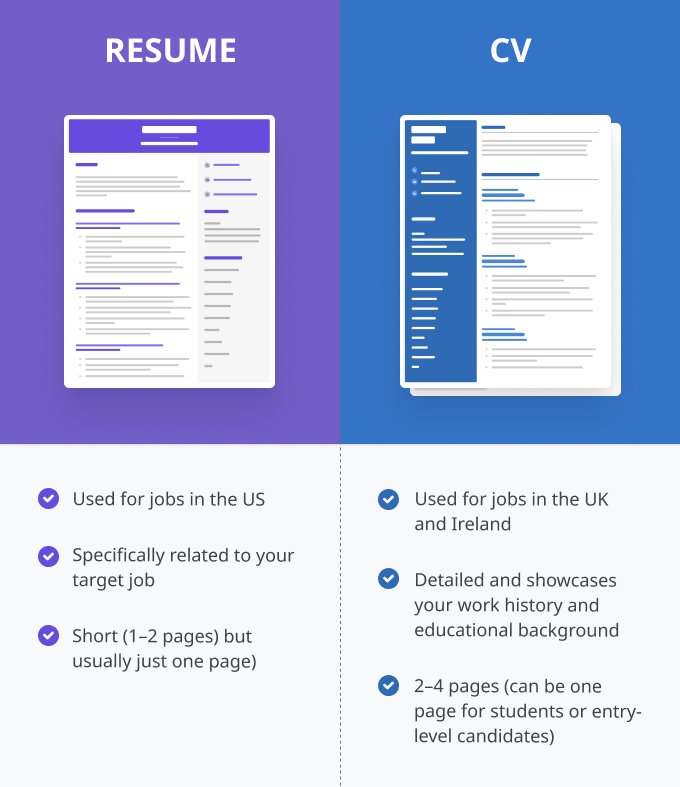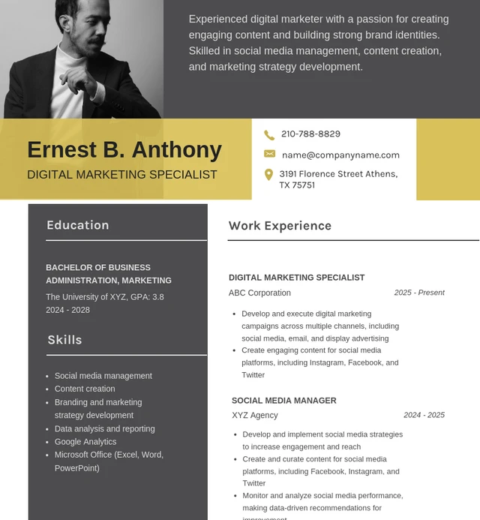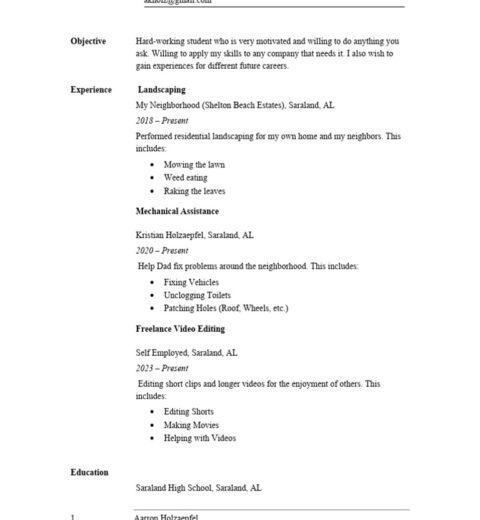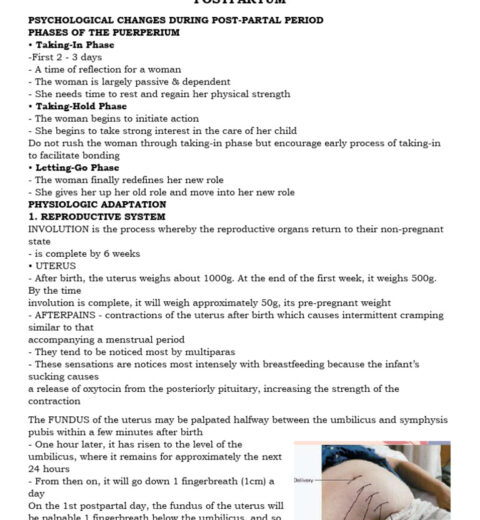In the realm of job applications, there exists a pervasive ambiguity about the terms “resume” and “CV” (curriculum vitae). This confusion often leads to misconceptions that can hinder job seekers from presenting themselves effectively. Understanding the nuances between these two documents is imperative for both job hunters and employers. This article aims to elucidate the differences, purposes, and contexts in which each document is utilized, ensuring clarity in the application process.
Defining the Resume
A resume is a succinct document, typically confined to one or two pages, crafted to highlight an individual’s skills, experience, and educational background. The primary objective of a resume is to secure an interview. Thus, it is tailored to fit particular job descriptions, emphasizing relevant qualifications and achievements. Most resumes adopt a reverse chronological format, listing work experience and educational qualifications in descending order of recency.
Characteristics of a Resume
- Length: Generally one to two pages, focusing on brevity and relevance.
- Content: Tailored to specific job applications; may include a summary statement, skills section, work experiences, and educational background.
- Customization: Highly individualized, with modifications made for every application to highlight suitable qualifications.
- Targeted Audience: Geared towards hiring managers and recruiters looking for quick insights into candidates’ suitability for a particular role.
Defining the Curriculum Vitae (CV)
Conversely, a CV is an extensive document, which can span several pages, that provides a comprehensive overview of an individual’s academic and professional history. It is commonly used in academic, medical, or research-oriented fields where extensive detail is required. CVs are not typically tailored to a single job application but are instead dynamic documents that evolve over a career.
Characteristics of a Curriculum Vitae
- Length: Often longer than a resume, potentially exceeding three pages, encompassing a thorough account of academic and professional achievements.
- Content: Includes details such as publications, research projects, teaching experience, and professional affiliations.
- Customization: Generally less tailored to individual jobs, though relevant sections may be emphasized depending on the application context.
- Targeted Audience: Aimed at academic committees, research facilities, or institutions that require exhaustive credentials and professional backgrounds.
Key Differences Between Resume and CV
While resumes and CVs both serve the fundamental purpose of showcasing qualifications, their differences are significant and serve distinct objectives. Here are a few key distinctions:
- Purpose: A resume is focused on obtaining a specific position, whereas a CV provides an overview of one’s entire career and academic journey.
- Length and Detail: Resumes prioritize brevity and highlight crucial qualifications, while CVs furnish a complete inventory of accomplishments and experiences.
- Usage Context: Resumes are widely utilized in the corporate sector, whereas CVs are prevalent in academic and research paradigms.
When to Use a Resume and When to Use a CV
The choice between submitting a resume or a CV often hinges on industry standards and the specific job requirements. Understanding when to utilize each document can significantly impact your job search efficacy.
Resume Usage
If you are pursuing opportunities in sectors such as business, finance, technology, or any role within the corporate realm, a resume is typically the appropriate choice. A resume should be used when applying for:
- Corporate positions with a focus on skill sets and relevant experience.
- Roles that demand conciseness, such as customer service or administrative positions.
- Positions in fields where personal branding and tailored applications are valued.
CV Usage
In contrast, a CV is suitable when applying for academic positions, research roles, or advanced professional opportunities. Scenarios in which a CV is favored include:
- Academic roles such as professorships, academic research positions, and educational institutes.
- Medical or scientific positions requiring detailed credentials and extensive research experience.
- Scholarship applications and grant proposals that necessitate a comprehensive understanding of candidates’ work.
How to Effectively Prepare Each Document
Crafting effective resumes and CVs requires a methodical approach and an understanding of the expectations of potential employers or academic committees.
Preparing a Resume
- Research the Job: Understand the specific skills and experiences valued in your desired role and incorporate keywords from the job description.
- Conciseness is Key: Prioritize essential experiences, aiming for clarity and readability. Each statement should contribute to demonstrating your suitability for the position.
- Utilize Action Verbs: Begin bullet points with impactful verbs to convey achievements dynamically, such as “developed,” “implemented,” or “led.”
Preparing a CV
- Outline Comprehensive Experience: Begin with personal information, followed by education, work experience, publications, presentations, and certifications.
- Detail Your Achievements: For each experience or accomplishment, provide context that highlights its significance in your career development.
- Update Regularly: As this document evolves, ensure it is constantly updated to reflect new skills, publications, or professional affiliations. Consider maintaining a master CV from which tailored versions can be drawn.
Conclusion
In summation, distinguishing between a resume and a CV is crucial for navigating the job application landscape effectively. Choosing the appropriate format to present your qualifications can directly influence your job search success. By understanding the characteristics and purposes of each document, candidates can tailor their submissions, ensuring they resonate with the intended audience. In doing so, you not only enhance your chances of securing a position but also frame your professional narrative in the most effective manner possible.




